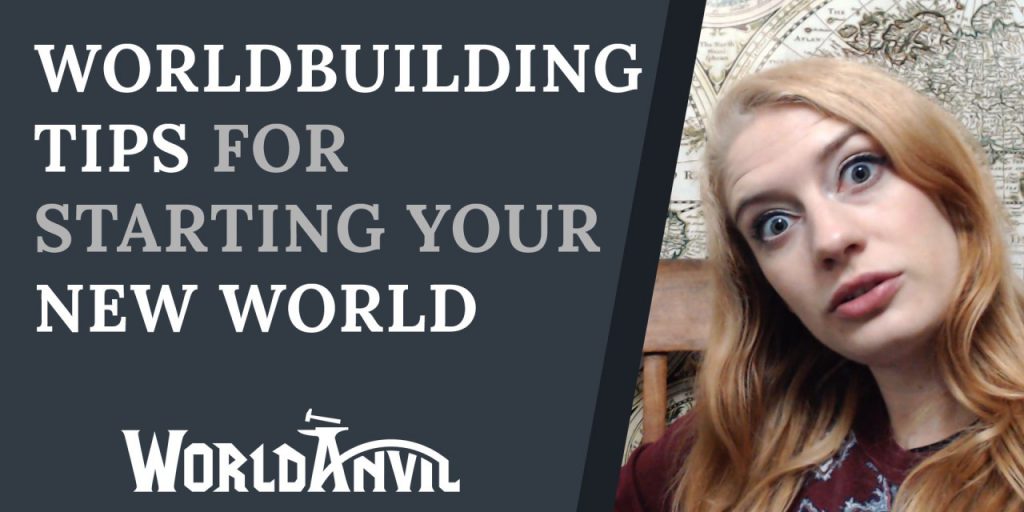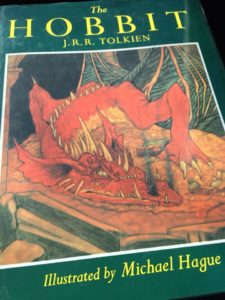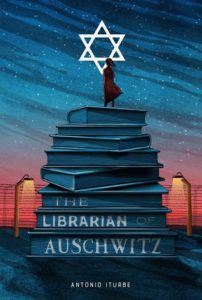
Both readers and writers can agree that one of the best parts of stepping into an imaginative story is the immersive world building. From Tolkien’s Middle Earth to Rowling’s Wizarding World, the intricacies of creating an entire world are addictive. For genres like fantasy and science fiction that rely on otherworldly elements, it’s a writer’s ability to engage the five senses which hooks us into a story even more than writing plot or characters.
But when it comes to world building, the pressures of playing god can sometimes get really overwhelming. How do you keep it all straight? How do you determine the origins of your world, the climate, the geography, not to mention the cultures, races, plants, and animals that make your world not only believable, but habitable? How do you even know what questions to ask or what information is most important in your story?
As I’m working through my own writing, I’ve found that world building can be both a blessing and a curse. It’s immensely enjoyable to get lost in a world so different from my own, but world building is also an excellent excuse to create and create without really writing anything. I want to be careful not to risk getting “world builder’s disease,” an affliction that plagued even Tolkien where a writer creates every tiny, little detail of a world, inevitably running themselves into the ground and burning out.

To keep my thoughts organized, I’ve discovered this incredible resource. WorldAnvil is a free website that lets a writer, artist, or role-playing gamemaster organize an entire world in an encyclopedia format. The website has an article for various types of entries, and the articles prompt a range of questions that guide you through construction. WorldAnvil also has paid subscription options that offer access to more resources and functions in the website, but you can use the website without having to pay a thing.

I also found WorldAnvil’s YouTube channel and this video on tips for worldbuilding helpful. Beyond WorldAnvil, there are some great videos featuring advice from both seasoned writers and RPG game developers. This video on fantasy map construction is awesome!
Another amazing resource is best-selling author Brandon Sanderson’s lectures on writing. Many of his classes are available on YouTube including this one on worldbuilding.
When writing a story or even developing a world for a role-playing game, there are many elements and decisions to make. It’s intense and rewarding. Use this phase of your creative journey as an outlet to be eccentric and try things. When the real plotting begins, you’ll be so immersed in your story that much of the work will already be done.

 I have a miniature dachshund named Winston. He HATES fireworks. In the last few years, I have learned some tricks to help him deal with the holiday. One of my favorite traditions now is a movie marathon with lots of action to drown out the booms. This year we watched The Hobbit and the Lord of the Rings trilogies. Watching these movies took me back to childhood.
I have a miniature dachshund named Winston. He HATES fireworks. In the last few years, I have learned some tricks to help him deal with the holiday. One of my favorite traditions now is a movie marathon with lots of action to drown out the booms. This year we watched The Hobbit and the Lord of the Rings trilogies. Watching these movies took me back to childhood. commute every day to and from work with a 4 a.m. alarm. I loved the story of Bilbo Baggins and the company of Thorin Oakenshield. My favorite scene is and always will be the chapter, Riddles in the Dark, where Bilbo meets and outwits Gollum. I was always a little worried for Bilbo. Answer the riddle or be eaten?! How scary. Followed by giant spiders in the forest of Mirkwood. (Why is there always giant spiders?) Then when they reach the Lonely Mountain, Bilbo has to face the dragon, Smaug. This book gets better and better. But I still remember being saddened at the end with the death of Thorin. I still am sad about it actually.
commute every day to and from work with a 4 a.m. alarm. I loved the story of Bilbo Baggins and the company of Thorin Oakenshield. My favorite scene is and always will be the chapter, Riddles in the Dark, where Bilbo meets and outwits Gollum. I was always a little worried for Bilbo. Answer the riddle or be eaten?! How scary. Followed by giant spiders in the forest of Mirkwood. (Why is there always giant spiders?) Then when they reach the Lonely Mountain, Bilbo has to face the dragon, Smaug. This book gets better and better. But I still remember being saddened at the end with the death of Thorin. I still am sad about it actually.